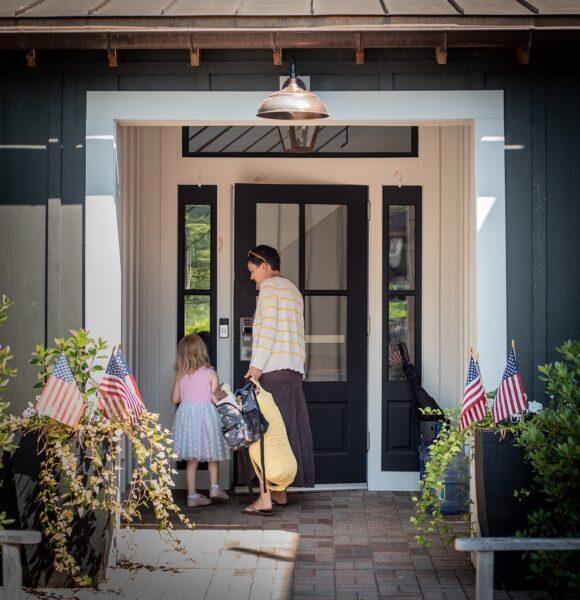Child’s Transition to a New Classroom: A Parent’s Guide

Transitioning your child to a new classroom or experiencing your first day at Haven can be a significant milestone. This change can come with a mix of excitement, anxiety, and anticipation for both you and your child. Whether your little one is moving up to a new classroom or starting at a new facility altogether, understanding how to navigate this transition can make the process smoother. Here’s a guide to help you prepare for this important step.
1. Collaborate with the Haven Team
Our team is a valuable resource for you and your child during this transition. They can offer insights into what your child will experience and provide tips for making the adjustment easier. Key questions to ask include:
- How Will the Transition Be Managed? Understand the process for moving children to new groups or centers.
- What Are the Expectations? Ask about any new skills or behaviors expected from your child in the new setting.
- How Can You Support at Home? Find out if there are specific things you can do at home to support the transition.
2. Prepare Your Child
Help your child understand and feel excited about the upcoming change. Here are some tips:
- Talk About the Transition: Use positive language to explain the move. For instance, “You’re going to a new room, you’ll get to do some fun new things!” If starting at Haven, you can say, “You’re going to a new place where you’ll make new friends and have new adventures!”
- Visit the New Environment: If possible, arrange a visit to the new classroom or club. Familiarizing your child with the new environment can ease anxiety.
- Read Books About Change: Books about moving up or starting new activities can help your child understand and accept the change.
3. Create a Comforting Routine
Maintaining a sense of stability can help your child feel secure during the transition:
- Consistent Routines: Keep morning and evening routines as consistent as possible to provide a sense of normalcy.
- Transitional Objects: Let your child bring a favorite item from home to provide comfort and reassurance.
- Acknowledge Their Feelings: Validate your child’s feelings and offer reassurance. Let them know it’s okay to feel nervous or excited.
4. Celebrate the Milestone
Make the transition feel special by celebrating the milestone:
- Positive Reinforcement: Praise your child for their bravery and adaptability. Celebrate their new achievements and progress.
- Create a Ritual: Consider establishing a small ritual, such as a special treat or outing, to mark the transition and make it a positive experience.
5. Support from Haven
At Haven, we recognize that transitions can be challenging for parents as well as children. Here’s how we support you:
- Personalized Support: Our teachers are trained to provide personalized support during transitions. We work closely with you to ensure both you and your child feel comfortable and informed.
- Feedback and Collaboration: We value your feedback and work collaboratively with you to address any concerns or adjustments needed during this transition period.
Final Thoughts
Transitions are a natural part of growing up, and while they can be challenging, they also present opportunities for growth and new experiences. By staying informed, prepared, and supportive, you can help your child navigate this change with confidence and ease. Remember, every child adjusts at their own pace, and your support is crucial in helping them thrive in their new setting. Most importantly, know you are not alone. Here at Haven, we are present to support not only your child, but yourself as well. We are so happy you are a part of our family!
